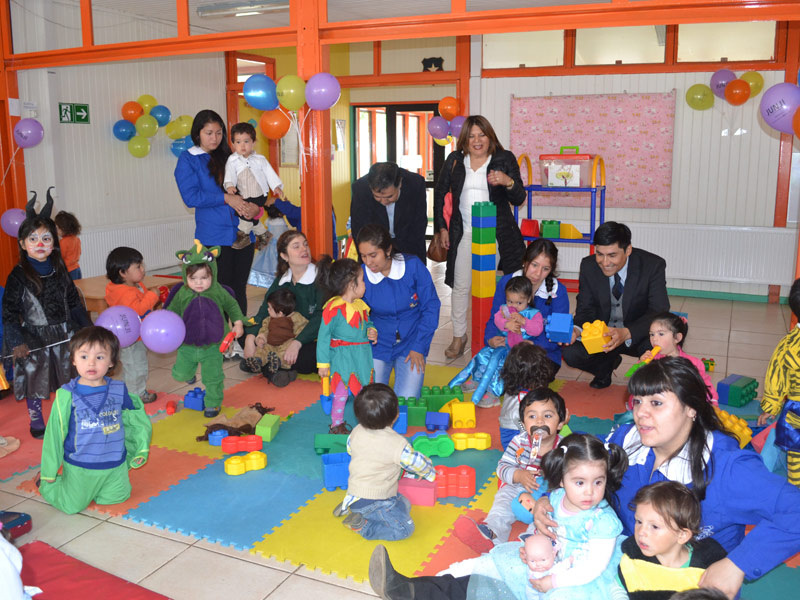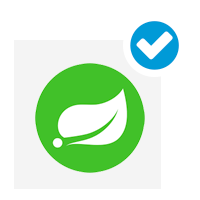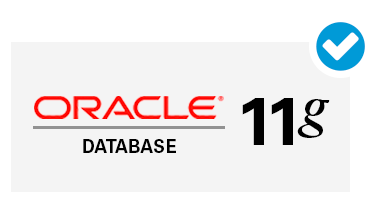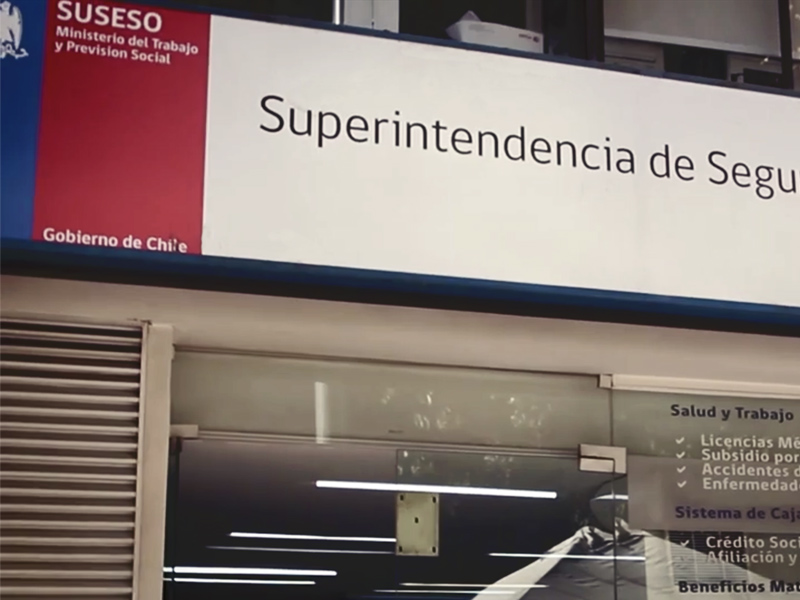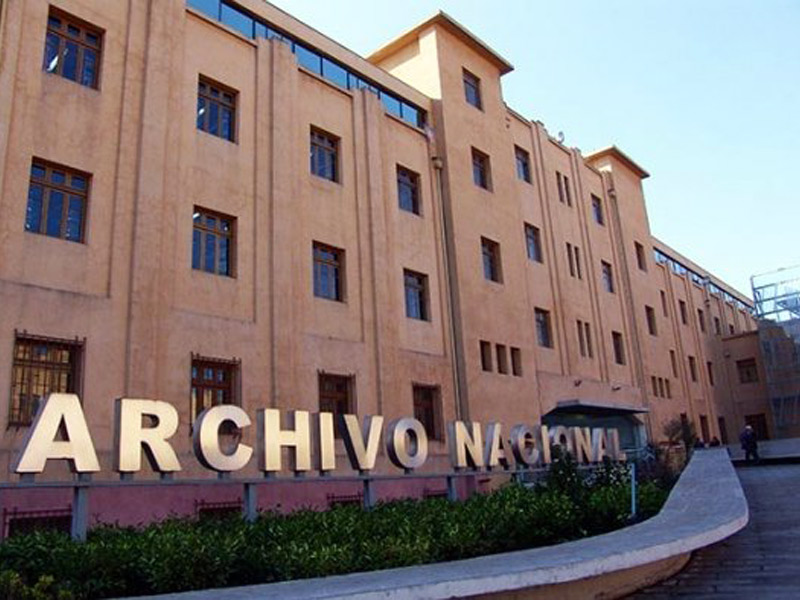A Human Resources System was implemented for the National Board of Kindergartens (JUNJI) to manage public kindergarten education, seeking to centralize all personnel information related to salaries, attendance, training and other critical information.
How did we do it?
- Base Architecture. First, we design the base architecture for the human resources system. Certainly, the greatest complexity was in the remuneration and bonuses that govern the public system and the institution itself.
- Control Clock. Then, we built a time stamp control system for internal and external officials of the institution. We achieve this by making use of a local version that records the dialing events and a central version that collects and processes them. Subsequently, with this we managed to generate reports and record of hours worked.
- Rising Remuneration Process. Also, we lift the remuneration processes that are used particularly in regions for the payment of salaries of civil servants. For this, the remuneration processes were documented with a process flow diagram, description of the process, description of the procedure (high level) and associated legislation.
- Online Registration System. We develop the platform for the registration of children autonomously by parents and guardians, through a WEB system with public access. Additionally, we optimized the existing BackOffice system to support the improvements made by the institution.
Clock Control Module
It registers the information in the Personnel File of each service official and includes a series of workflows that allow the application of different kinds of permits, achieving greater control over the actions of the service officials.
The objective of the module is to automate the process of reviewing attendance books, delays and staff absences. For this, a series of modules was generated on the HR system that allowed to support the operation of a centralized control clock.
The core of the functionalities that were developed is based on the generation of a calculation engine that takes into account the different permits made by the officials through the current system, plus the working hours of each one, as well as their entry marks and output obtained from different stations that JUNJI has throughout the country.
Said stations are controlled by a secondary application (Local Control Clock), through a biometric reader, which is responsible for the registration and validation of the marking events and their subsequent reporting to the central system.
In this way, JUNJI has access to attendance information in a fast and standardized way, since by using the HR system, the dialing systems that the service had (MicroControl, physical book, etc.) are replaced.
If you want to know more about this success story or our experience providing services for this industry, contact us through our contact form.

